Image Source:Newsbharati.com
As per a study in the Journal of Nutrition and food sciences, the eating habits of humans have changed drastically. It says that the plight of chronic diseases and obesity started from the western world and now it has flourished worldwide.
Right now, when we talk about ‘diet’, then we do not refer to the act of controlling your food intake, to target weight loss. By ‘diet’ we mean, the food we eat regularly. In India, the commonly preferred food is Dal-Chawal, Roti-Sabzi. We love our spicy curries and home-cooked meals. Being a predominantly vegetarian nation, we have an ample option for plant-based diets and that too changes after every 10 km. or so.
According to Ayurveda, Indian food is enough to gather all kinds of nutrients in our system. The fiber in our roti, protein in our dal and a lot of antioxidants in our various spices. We can cover it all without borrowing anything from the west.
The Saga of Modern Diet Plans
Ok! I guess we have covered the aspect of our traditional diet being adequately nutritious and healthy for a fitness regimen. Although, there still is a big chunk of health-enthusiasts who look-up to all alternatives like quinoa, soy-milk, and other foods, which are potentially known to be good for a lean and strong body.
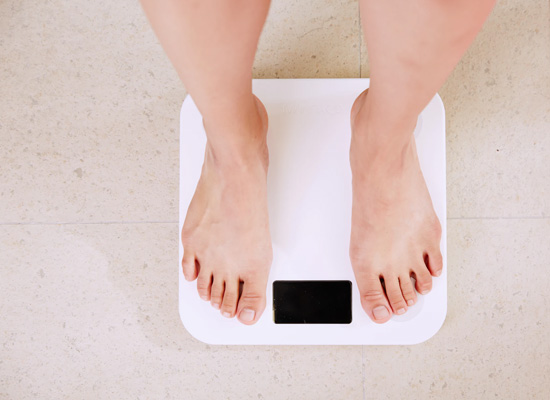
Ketogenic-diet, zone-diet, vegan-diet, south-beach diet, paleo-diet. Well, you might lose a lot of weight even while just trying to know about these fancy diets. These quick- weight-loss plans mostly are designed to restrict one category of foods and to focus more on the other. A few people trust them and even get fair results. whereas, the other part of people, which we would say is the bigger part, gets bored with the restrictions and by abandoning their favorite foods.
What’s Wrong With Modern Diet Plans?
Of course, a point to ponder on. Are modern diet plans healthy? Are they sustainable? Or just a big fad. We can blame celebrities and Bollywood actors to create the craze of these diets. ‘Lose one dress size a day’, ‘Eat as much as you want without gaining weight’- these statements can easily make anyone fall for them. Everyone wants to eat their favorite food without worrying about extra weight. But, these modern, easy weight-loss plans come with a price.
Let’s just say, that just like some new medicine, these modern diets are also accompanied by many side effects. Yes! There are several hidden effects of these diets may show. Most diets will restrict you from fats, calories, and carbs. Cutting these elements from our diet can be a little tough for your body.
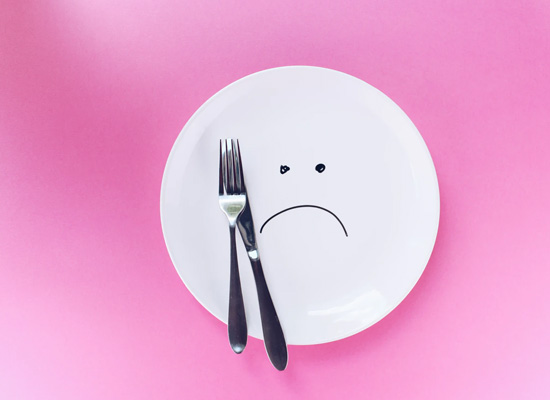
Low carbs- Carbs are the energy source of the body and cutting on them can result in low efficiency to work and tired body a lot of times. You can find it tough to concentrate, your hormones can get disturbed and your muscles without necessary carbs will not develop healthily.
Low fat- Fat has been criticized by all the diet-savvy people. Foods like avocado, banana, nuts are known to be good for complete health. Lack of fats in your body will tend to increase your episodes of hunger, will affect your brain health and can also turn your body low in vitamins and minerals.
Why Traditional Food is Better and Reliable?
Traditional food from any place of the world is always the best-suited one for the people of that area. Talking about our own country, we have the treasure of all the tasty and healthy delicacies in each part of the country and no doubt that they are enough for wholesome nutrition of the body. Here are a few points which can justify the term that traditional food is way more reliable than these fad diets.
1. The Goodness of the Whole Grain
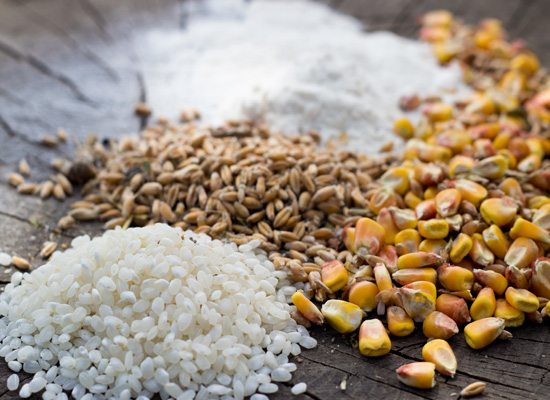
The cuisine has many grains and who will disagree on the benefits of multiple grains in our diet. In the world of a low-carb celebrated dietician, Rujuta Diwekar promotes the consumption of white rice and highlights the benefits it has to offer. Our roti has all the fibers and energy-providing nutrition in it.
2. The Grandeur of Indian Thalis
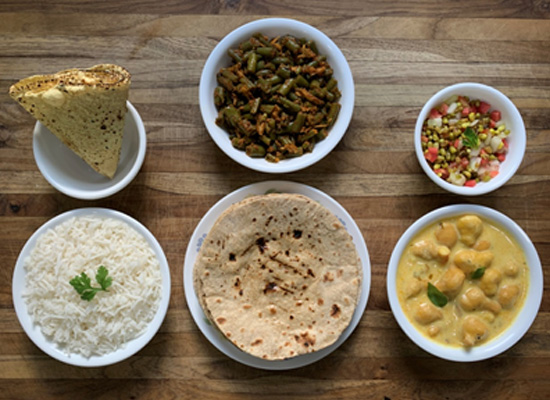
An Indian Thali is a combination of 2-3 sabzi and dal, along with roti/rice or even both sometimes. All these things combine to be the perfect pack of essential carbs, proteins, fibers, and amino acids. The perfect amount of a sweet-dish in it makes the meal complete. Small portions of each item control the over-doing in the meal.
3. Magic of Indian Oils and Spices
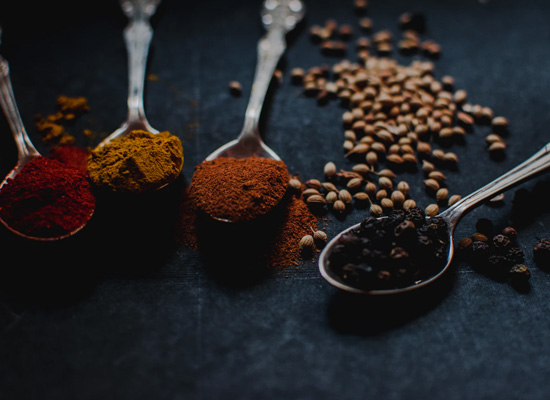
As we have discussed, each part of the country has its specialty and cooking methods. Cooking with mustard oil in North, coconut-oil in the south is an example of such. Groundnut-oil and sesame-oil are also used in other parts of the country. Similarly, each part has its recipe for using spices too. But, stating the specialty, in the traditional cooking method, usage of oils and spices is done in a very regulated way making it healthy and tasty.
4. Power of Snacks
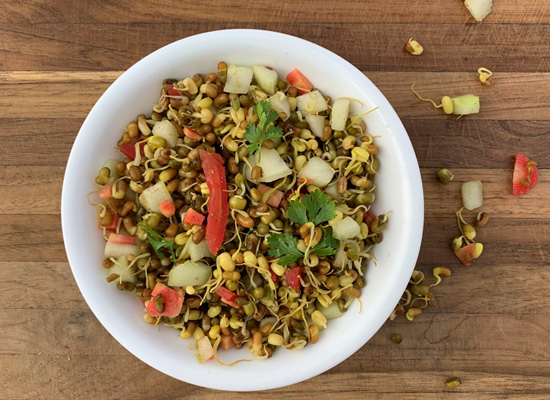
The people who prefer Indian diets, there luckily is the availability of wholesome diet plans for a sustainable weight-loss. These diet plans contain a fuller breakfast and light and even lighter breakfast. In between that, there is great importance of 2-3 snacks. There is chana, Kurmure (puffed rice flakes), sprouts, etc. which are healthy, tasty and easy to carry and way more economical than the packaged snacks.
Conclusion
Quick-weight loss plans can be tempting and look promising, but they no-way are sustainable and easy to follow. As soon as you will go off the track, the fat will come back and that too vigorously. The Indian traditional diet of roti, rice, dal, and sabzi, on the other hand, is easy to carry forward with, and you, of course, can do tasty experiments with it. Dairy-free, ketogenic, paleo and other diets might sound fancy but not as worth as they sound.
Frequently asked questions about traditional diet and modern diet
What does modern diet mean?
Ketogenic- diet, zone-diet, vegan-diet, south-beach diet, paleo-diet are some of the many fancy or modern diets that people follow mostly to shed weight quickly. Modern diets are mainly focused on restricting one category of foods while focusing more on others. This might give results but actually people miss out important nutrients in their diet by following modern diets
Why traditional diet is healthier?
The Indian traditional diet of roti, rice, dal, and sabzi is high in protein, fibre, and antioxidants and lower in salt, sugar, or fat which helps for the well-functioning of the bodily system. It is enough to get maximum health advantages without missing out on important nutrients. Unlike the modern diet, there are no restrictions in the traditional diet. Just eat local, fresh, seasonal, keep tasty experimenting, and you’re good to go.
What are the benefits of eating a traditional diet?
The traditional diets of roti, rice, dal, and sabzi have more fiber, antioxidants, and probiotics. They have medicinal benefits and healing properties to help you maintain your overall well-being. It strengthens the immune system and protects us against various illnesses and virus.


A home-based diet is far better than fancy, packed, and costly food in the market. Do you agree??